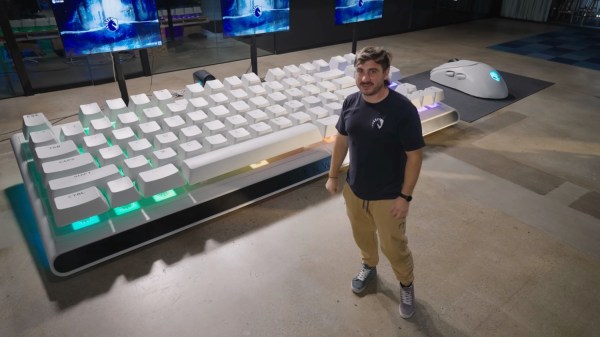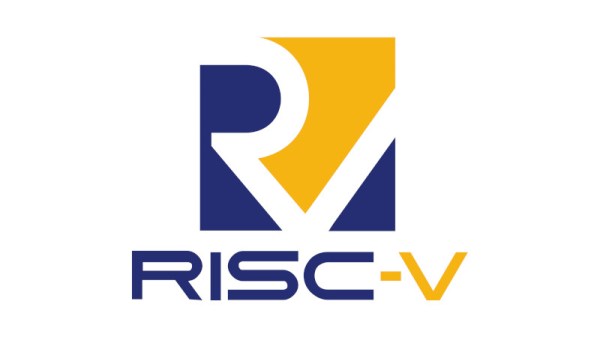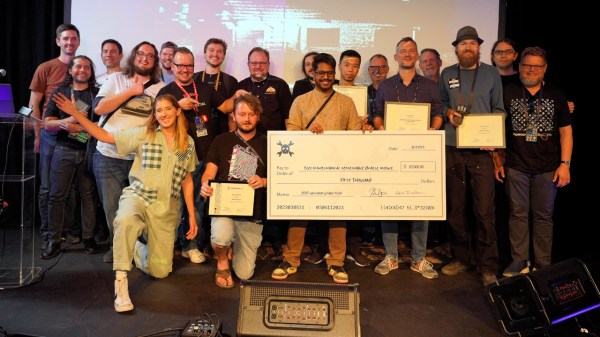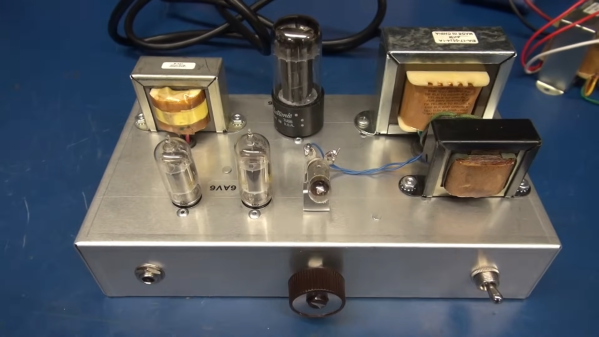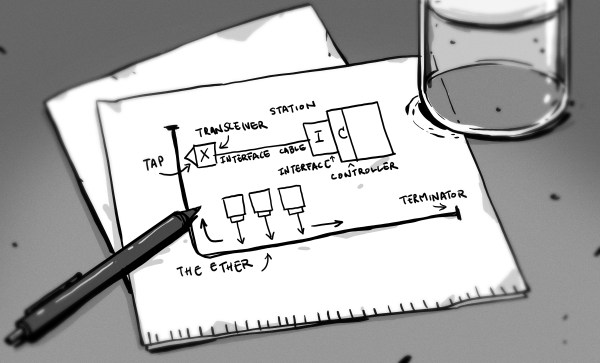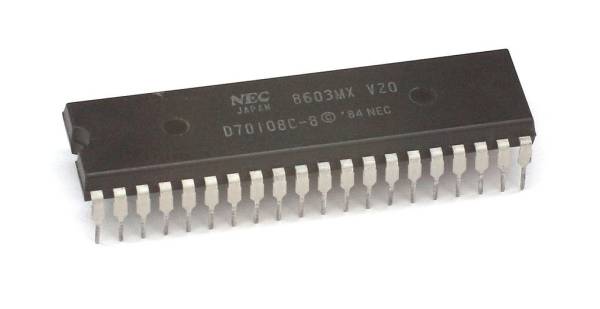So, let’s say you’re good at DOTA. Like, world-class good. How good do you think you’d be on a keyboard that’s 16 feet long, with a space bar the size of a person? Well, you’d need the rest of your team, that’s for sure.
Alienware have created the world’s largest mechanical keyboard and mouse, which are working, 14:1 scale representations of their AW420K keyboard and AW720M mouse. And they got Team Liquid to try it out.
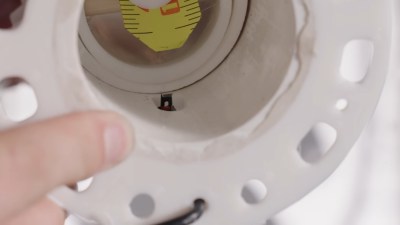 While this may be a marketing ploy, it took quite a lot of work and weeks of 3D printing to faithfully reproduce those peripherals on that scale.
While this may be a marketing ploy, it took quite a lot of work and weeks of 3D printing to faithfully reproduce those peripherals on that scale.
What’s really impressive are the custom key switches, which are described early on in the video after the break. They are nearly a foot wide with the keycap on, and they have an incredible four inches of travel.
Each of the 87 key switches is made with two snugly-fitting pieces of PVC, a thick rubber band, and of course, an actual, regular-size key switch to register the presses. Not satisfied with that, the team added a small piece of measuring tape to produce a nice clicky, tactile feedback. And, oh yeah, that space bar? The stabilizer is made from a 1″ copper pipe. Be sure to check it out in action after the break.
This just so happens to be the same size as the last keyboard we saw claiming to be the world’s largest, which was rejected from the Guinness Book because it’s not an exact replica of an existing keyboard. So, somebody call Guinness, we suppose.
Continue reading “We Like Big Keyboards And We Cannot Lie” →


